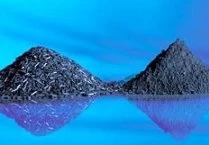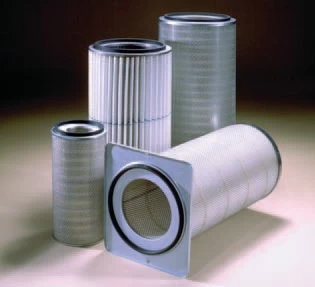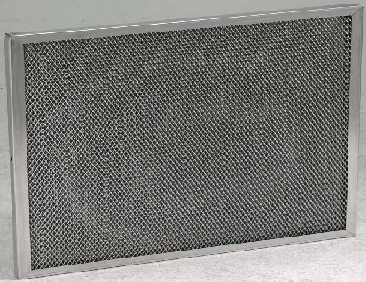Industrial filters
Industrial filters are essential components used in various industrial processes and systems to remove impurities, contaminants, or unwanted substances from liquids or gases.
These filters play a crucial role in maintaining product quality, ensuring equipment longevity, and promoting a safe working environment. They are employed in diverse industries such as oil and gas, chemical manufacturing, pharmaceuticals, food and beverage, water treatment, automotive, and many others.
Industrial filters are designed to capture and separate different types of particles, including solid particles, liquids, and gases, based on their size, shape, and chemical composition. They are available in a wide range of configurations, materials, and technologies, allowing for customization to suit specific process requirements. Some commonly used industrial filters include cartridge filters, bag filters, membrane filters, and electrostatic precipitators.
Cartridge filters are widely used in industrial applications due to their versatility and efficiency. They consist of a cylindrical housing filled with a filter medium, such as spun-bonded polyester, activated carbon, or ceramic. Cartridge filters are effective in removing solid particles and sediment from liquids and gases, and they can be easily replaced when clogged or exhausted.
Bag filters are another commonly used type of industrial filter. They consist of a fabric bag or a series of bags housed in a filter housing. The bags are made of materials such as woven or felted synthetic fibers, which allow for efficient particle capture. Bag filters are primarily used for removing dust, dirt, and other solid contaminants from gases and air streams in applications such as dust collection systems or exhaust vents.
Membrane filters, also known as microfilters, are used for separating particles and microorganisms from liquids. They employ a porous membrane with specific pore sizes to selectively retain particles while allowing the desired liquid to pass through. Membrane filters are widely used in industries such as pharmaceuticals, biotechnology, and food and beverage, where sterile filtration or particle removal is critical.
Electrostatic precipitators are specialized filters used for removing fine particulate matter from industrial gas streams. They operate on the principle of electrostatic attraction, where charged particles are attracted to oppositely charged plates or electrodes. This technology is highly efficient in capturing submicron particles, making it suitable for applications such as air pollution control in power plants, cement kilns, and metal smelters.
In addition to these specific filter types, industrial filtration systems may also incorporate pre-filters, activated carbon filters, and various other ancillary components to enhance filtration efficiency or target specific contaminants. The selection of the appropriate filter depends on factors such as the nature of the process fluid, particle size distribution, required flow rates, operating conditions, and regulatory compliance.

Regular maintenance and monitoring of industrial filters are essential to ensure optimal performance and prevent system failures. Clogged or exhausted filters should be replaced or cleaned according to the manufacturer's guidelines. Proper filter selection, installation, and adherence to recommended maintenance practices contribute to the longevity of equipment, cost savings, and improved product quality in industrial operations.
When selecting an industrial filter for a specific process, several factors should be considered to ensure optimal performance and efficiency.
Here are some important factors to keep in mind:
1. Particle Size and Composition: Analyze the characteristics of the particles or contaminants that need to be removed from the process fluid. Consider the size distribution, shape, and chemical composition of the particles to determine the appropriate filter media and its filtration efficiency.
2. Flow Rate: Determine the required flow rate of the process fluid through the filter system. This will help in selecting a filter that can handle the desired flow without causing excessive pressure drop or compromising filtration performance.
3. Filtration Efficiency: Evaluate the level of filtration efficiency required for the process. This will depend on the industry standards, regulatory requirements, and the desired level of particle removal. Different filters have varying efficiency levels, and it's essential to choose one that meets the specific filtration goals.
4. Compatibility: Consider the compatibility of the filter material with the process fluid. Some fluids may be corrosive, high-temperature, or chemically aggressive, requiring filters made from resistant materials such as stainless steel, polypropylene, or specialized coatings.
5. Operating Conditions: Assess the operating conditions, including temperature, pressure, and any potential variations or fluctuations during the process. Ensure that the selected filter can withstand these conditions without compromising performance or integrity.
6. Filter Maintenance: Evaluate the ease of maintenance and the frequency of filter replacement or cleaning required. Some filters may need frequent replacements, while others can be cleaned and reused. Consider the associated costs, downtime, and labor involved in filter maintenance.
7. System Design and Footprint: Consider the available space and the overall system design. Ensure that the selected filter can be easily integrated into the existing system without causing significant modifications or disruptions.
8. Cost Considerations: Analyze the overall cost implications, including the initial investment, maintenance costs, and the lifespan of the filter. While it's important to consider the budget, it's equally crucial to prioritize filtration efficiency and long-term cost-effectiveness.
9. Regulatory Compliance: Determine if there are any specific regulatory requirements or industry standards that the filter system needs to meet. Some industries, such as pharmaceuticals or food and beverage, have strict regulations regarding filtration and product quality.
10. Supplier Support: Evaluate the reputation, reliability, and technical support provided by the filter supplier. Consider factors such as availability of spare parts, after-sales service, and the supplier's expertise in the specific industry or application.
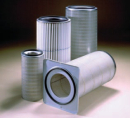
By carefully considering these factors, you can make an informed decision while selecting an industrial filter that aligns with your process requirements and ensures optimal filtration performance.


FAQs
What are the key benefits of using industrial filters in various industrial processes?
The key benefits of using industrial filters include: - Removal of impurities and contaminants for product quality - Protection of equipment from damage and wear - Maintenance of a safe and clean working environment.
How do different types of industrial filters, such as cartridge filters and membrane filters, differ in terms of their filtration mechanisms and applications?
Cartridge filters typically use a porous material to capture particles, while membrane filters have a selective barrier with specific pore sizes. Cartridge filters are versatile and used for a wide range of applications, while membrane filters are commonly used for particle and microorganism separation in industries requiring sterile filtration.
What factors should be considered when selecting an industrial filter for a specific process, such as particle size, flow rate, and operating conditions?
When selecting an industrial filter, important factors to consider include particle size, flow rate requirements, and compatibility with the operating conditions, such as temperature and pressure.
How does regular maintenance and monitoring of industrial filters contribute to their longevity and overall system performance?
Regular maintenance and monitoring of industrial filters ensure their longevity and optimize system performance by preventing clogs, maximizing filtration efficiency, and minimizing the risk of equipment damage or failures.
 +7929688-88-14
+7929688-88-14

 English
English
 Persian
Persian
 Russian
Russian
 Chinese
Chinese


 +7929688-88-14
+7929688-88-14

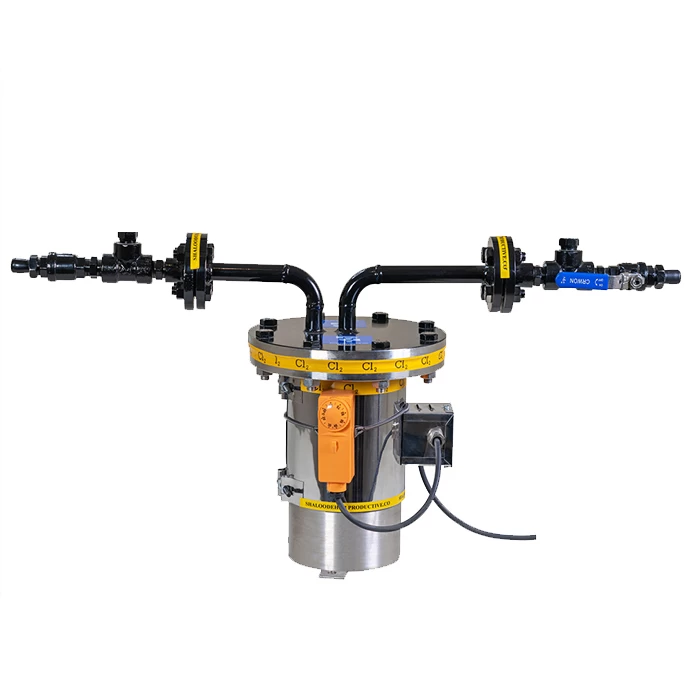
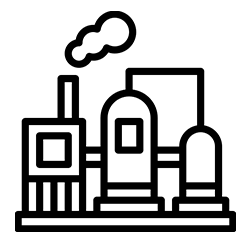

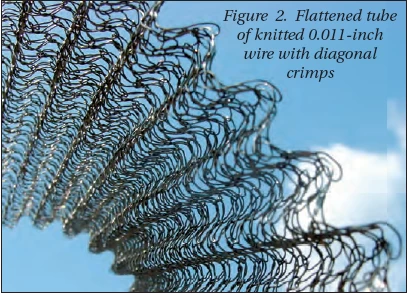
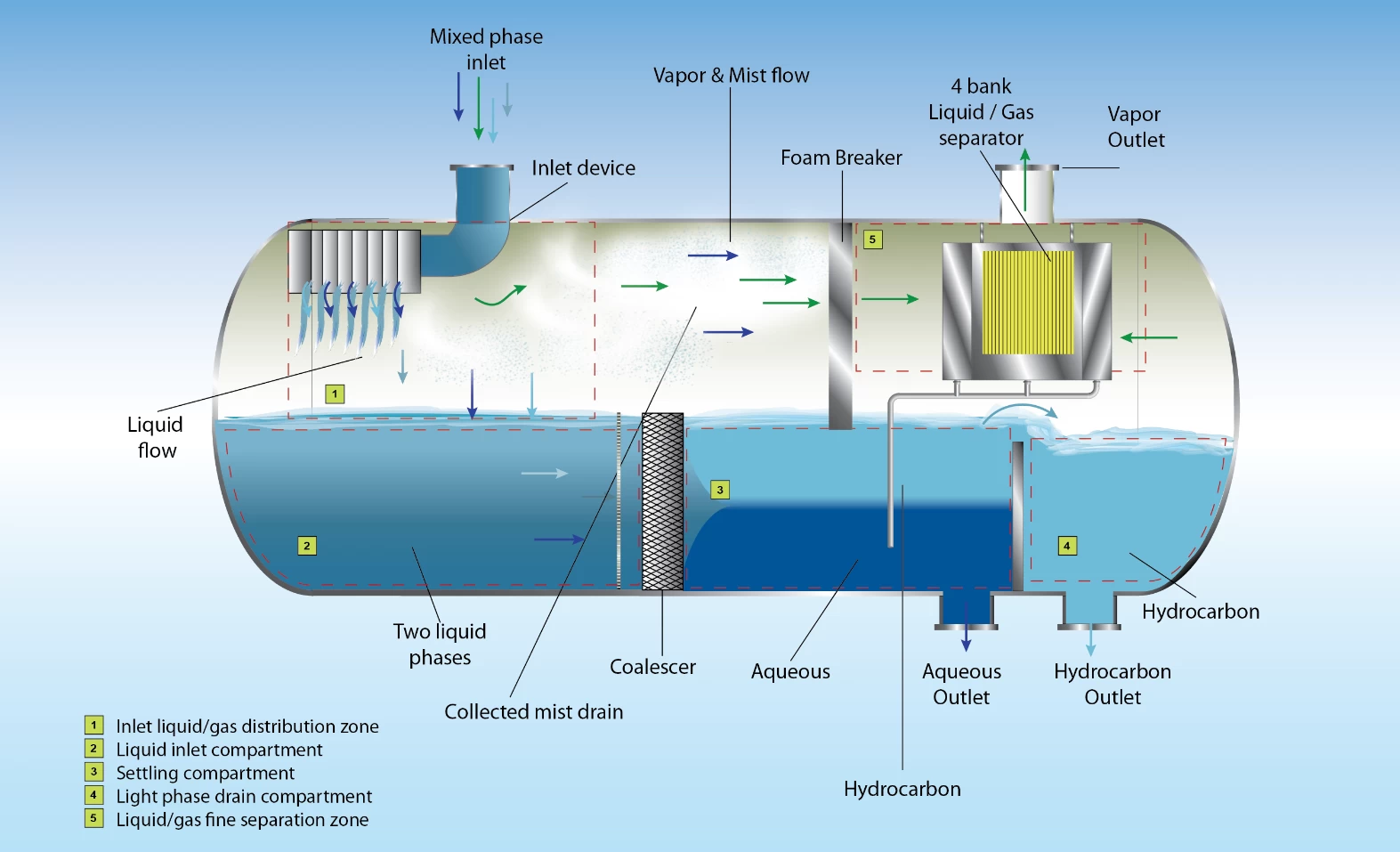
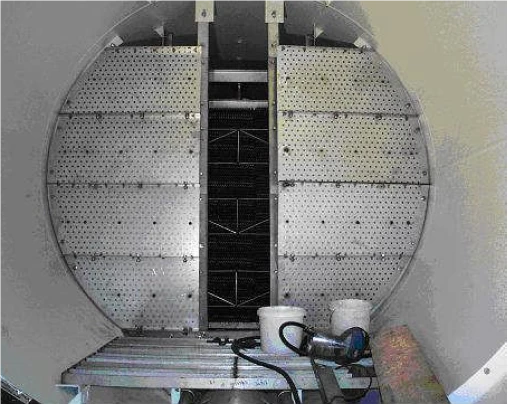
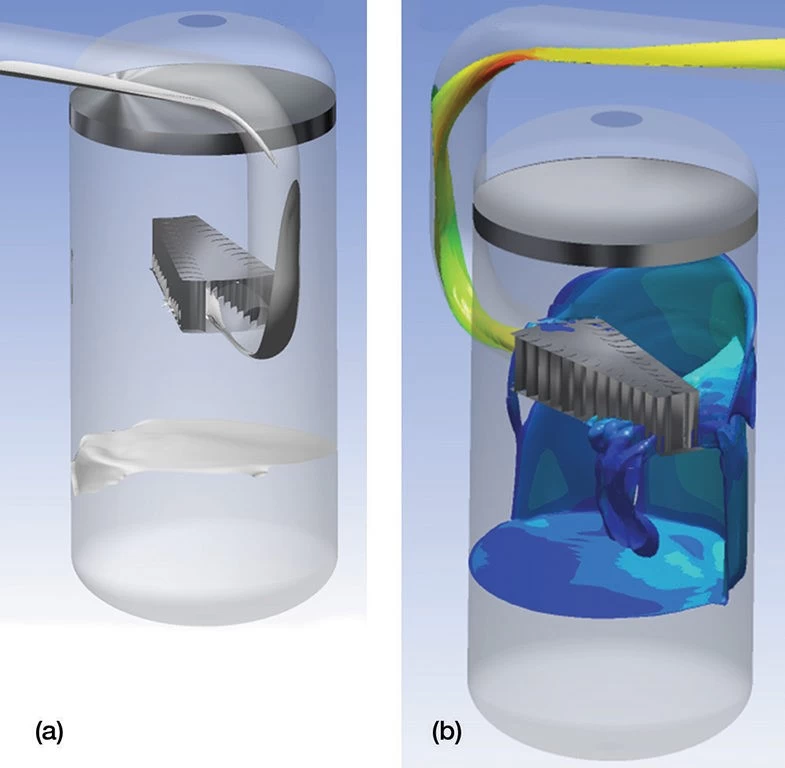
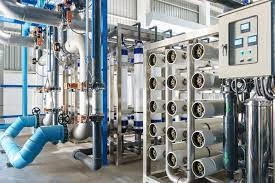
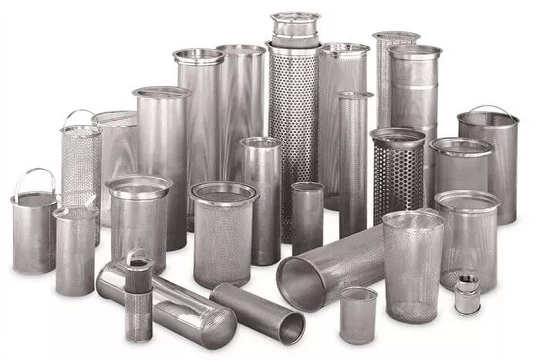
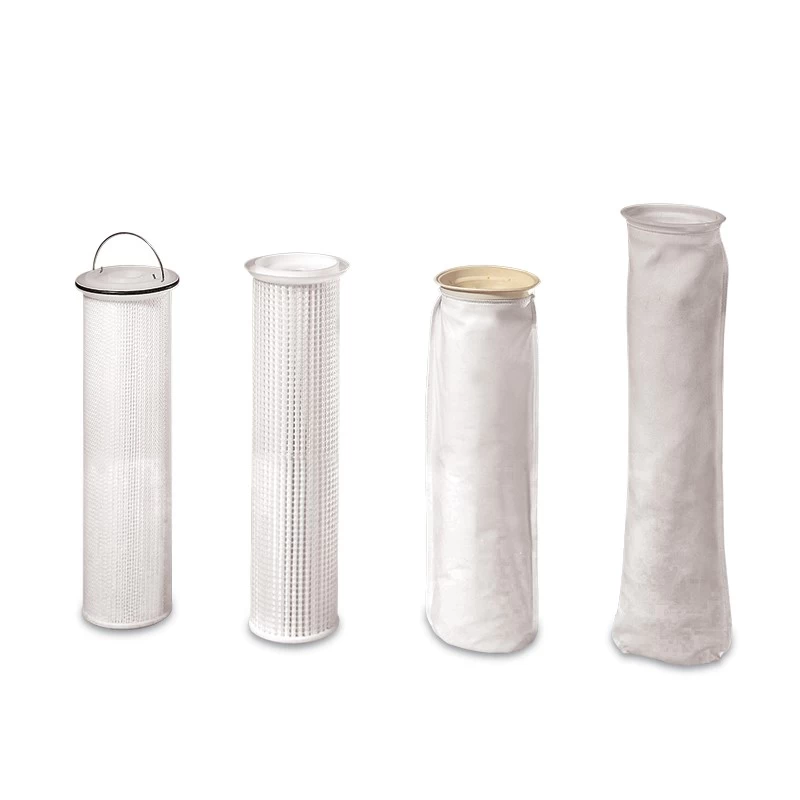

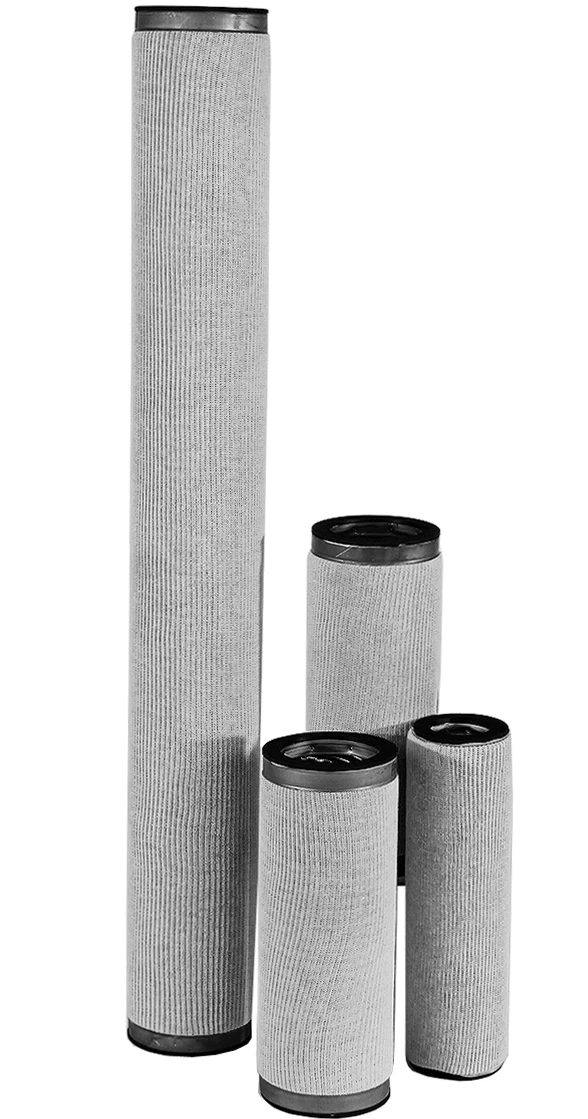
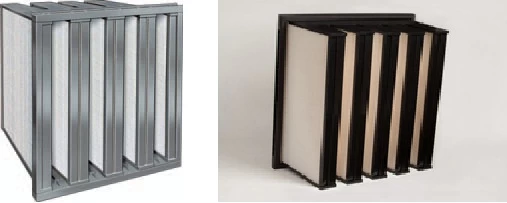
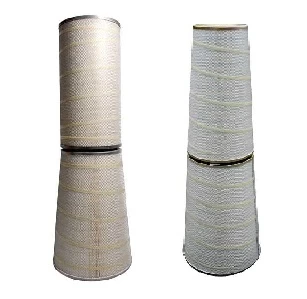
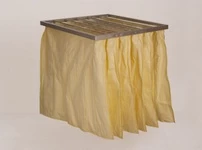
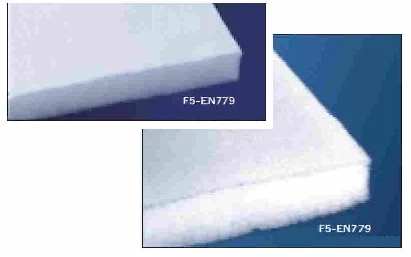
.webp)
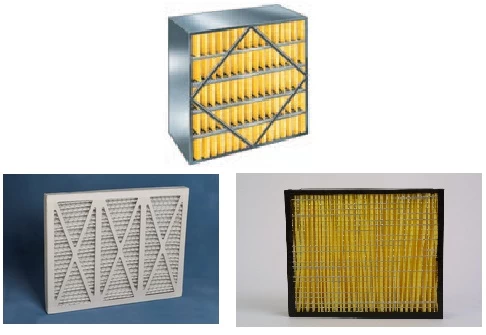
.webp)
